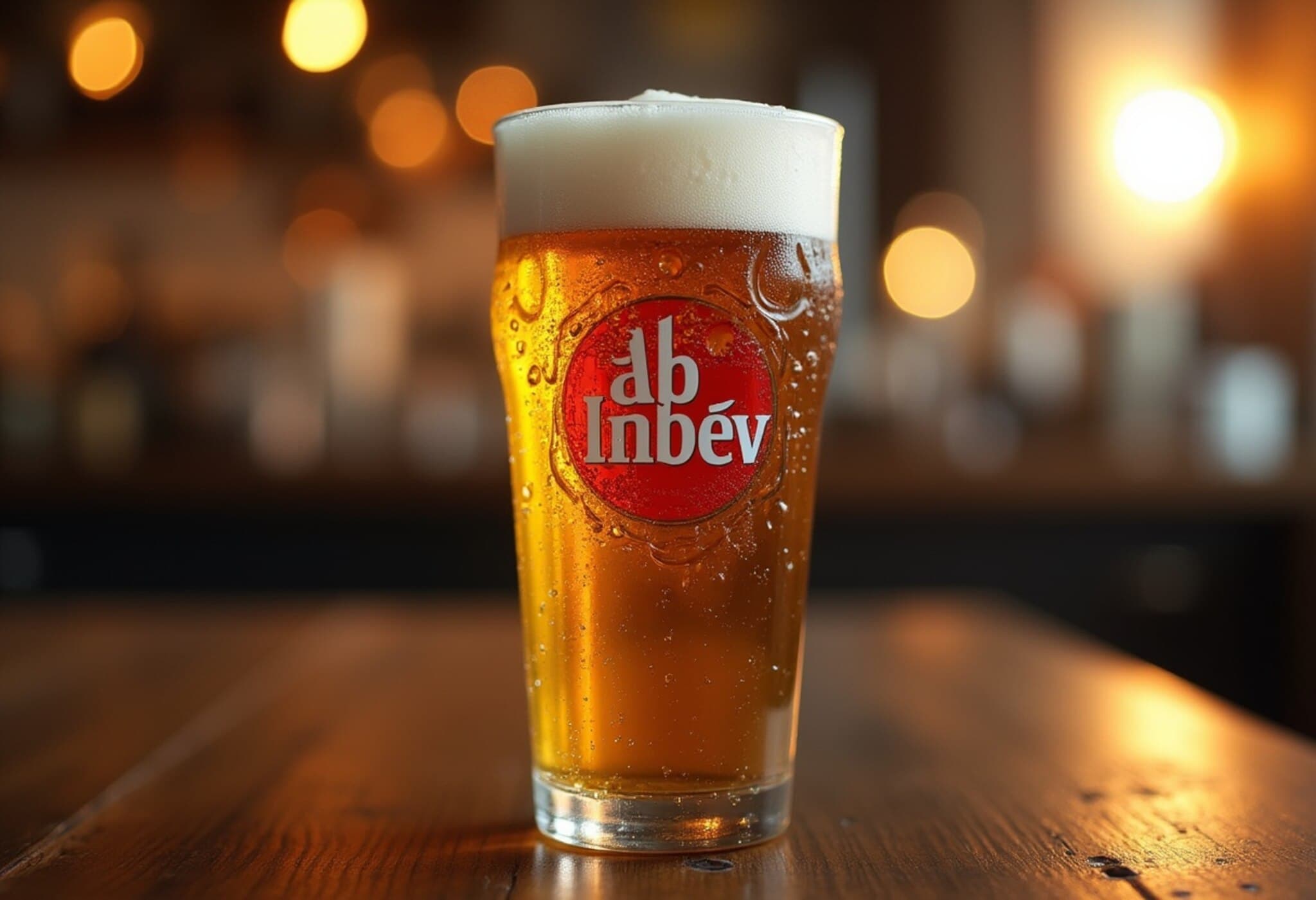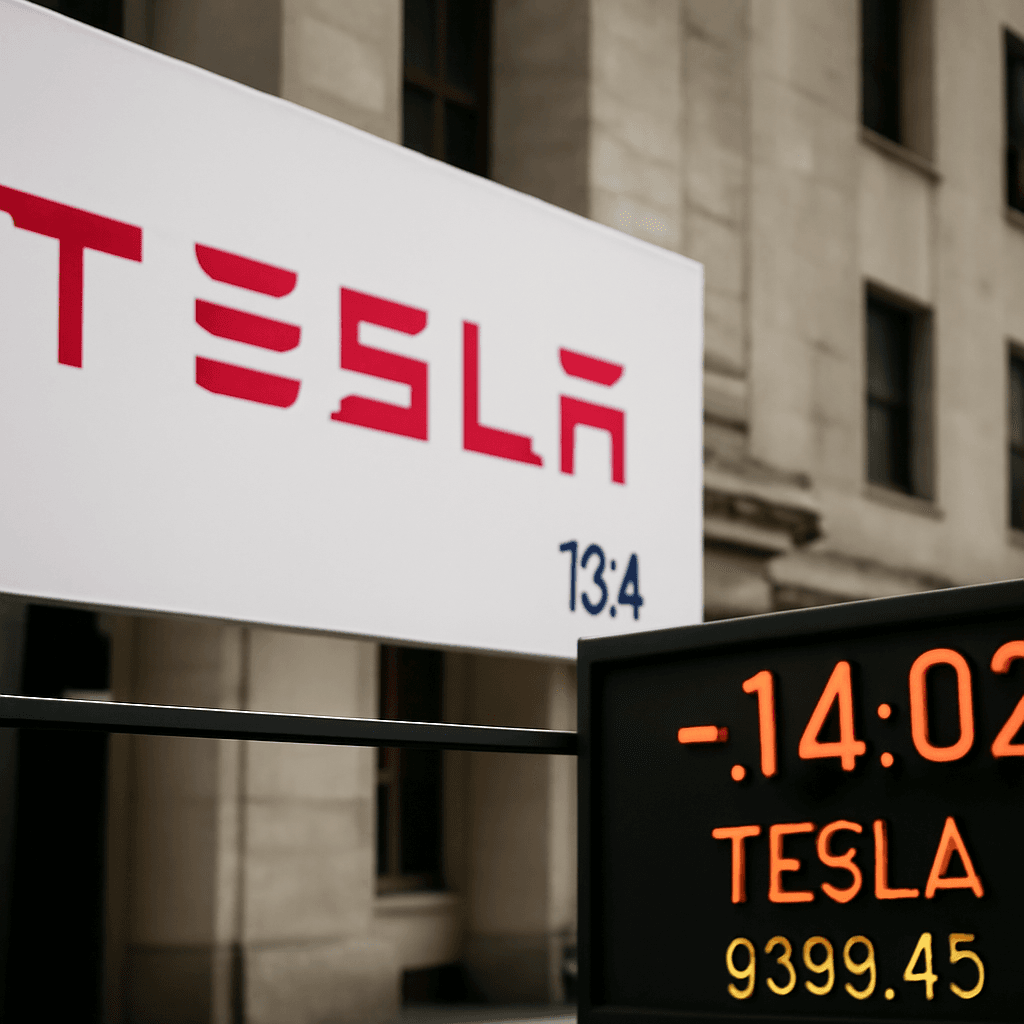AB InBev Shares Slide Sharply Despite Strong Revenue and Profit Gains
Shares of AB InBev, the world’s largest brewer and maker of iconic brands such as Budweiser, took a significant hit on Thursday, dropping as much as 11% intraday before narrowing losses to around 9%. The steep sell-off was triggered by an unexpected decline in second-quarter shipment volumes, overshadowing better-than-expected revenue and profit figures.
Volume Declines Exceed Analyst Expectations
The company reported a 1.9% year-over-year drop in volumes during the quarter—nearly six times worse than the modest 0.3% dip analysts had anticipated. This significant shortfall was primarily driven by weaker demand in key markets like China and Brazil.
- China volumes shrank by 7.4%, with AB InBev admitting it was underperforming the industry in the region.
- Brazil faced a 6.5% decline, attributed to tough comparisons against last year’s strong performance and adverse weather conditions disrupting sales.
Meanwhile, the U.S. market showed resilience, helping to partially offset declines elsewhere with a rebound in sales following a subdued first quarter.
Strong Revenue and Profit Numbers Defy Volume Trends
Despite shrinking volumes, AB InBev reported a 3% organic revenue increase to $15 billion, bolstered by price adjustments and a shift toward higher-value offerings. Operating profit also surged, rising 6.5% year-over-year, beating analyst expectations of a 5.7% increase.
This profit growth follows an already strong first quarter, highlighting the company's effective cost management and strategic pricing power amid challenging volume trends.
Why Are Volumes Falling? Analyzing the Underlying Causes
The volume decline raises pivotal questions about consumer behavior and competitive dynamics. China's slowdown may be linked to evolving drinking habits, tightened regulations, or increased competition from local brewers and craft beer alternatives. In Brazil, weather disruptions underscore vulnerability to external shocks in emerging markets. Furthermore, global economic uncertainty and inflationary pressures could be dampening discretionary spending on premium beverages.
From a policy perspective, these trends signal the importance of adaptive strategies in international markets and emphasize the need for brewers like AB InBev to innovate product portfolios and strengthen local market engagement.
Market Reaction and Investor Outlook
Investors reacted swiftly to the volume miss, prompting a sharp sell-off despite the company's continued ability to grow revenue and profits. This dichotomy reflects market sensitivity to growth metrics tied to consumption volume, which often predicts long-term brand health and market share.
AB InBev’s experience underscores how even industry giants must continuously navigate global headwinds—from regulatory shifts to changing consumer tastes—to maintain momentum.
Looking Ahead: Can AB InBev Regain Momentum?
While short-term volume challenges weigh heavily on investor sentiment, AB InBev’s strategic focus on premiumization, innovation, and targeted market investments may help reverse declines. Analysts and stakeholders will be closely watching the company’s response plans, especially efforts to rejuvenate volumes in China and Brazil.
In a competitive global landscape, the brewer’s adaptability and operational efficiency will be crucial to sustaining growth and shareholder value.
Editor’s Note
AB InBev’s recent earnings reveal a complex picture: declining shipment volumes juxtaposed with rising revenues and profits. This tension highlights evolving consumer preferences and the challenges multinational companies face amid geographic market disparities. Observers should watch how macroeconomic factors and local dynamics interplay to shape future brewing industry trends, particularly in emerging markets like China and Brazil. Importantly, it raises the question: can premium brands compensate for volume losses with strategic innovation and pricing, or will volume erosion foreshadow deeper structural shifts?



















